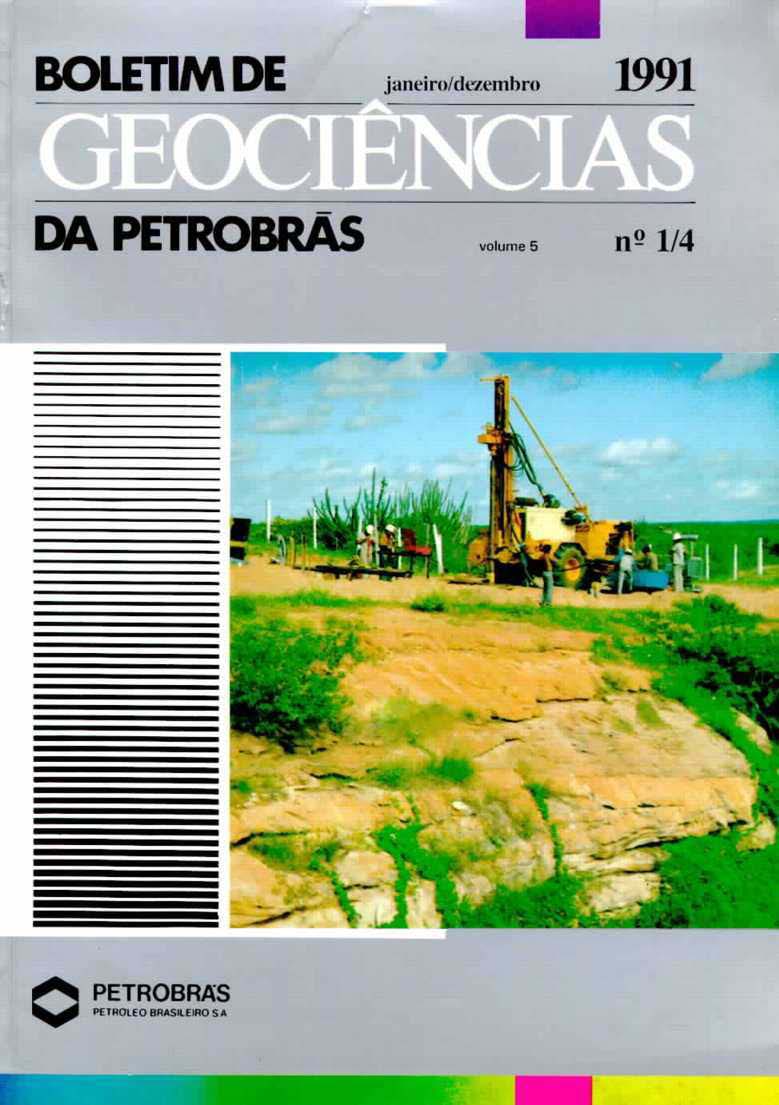Paleoseismicity and sedimentatlon evidence found in the southern compartment of the Cretaceous Recôncavo Basin, state of Bahia, Brazil
Abstract
Cretaceous Sediments that have undergone deformation in their unconsolidated state are significantly best represented in stratigraphic intervals contemporary to the taphrogeny of the Brazilian marginal basins. In the drift stage, these facies are much less expressive. The Caruaçu Layers (Marfim Formation) and the Pitanga Member (Candeias Formation) in the Reconcavo Basin show deformations of this nature in core samples and outcrops. The optimum granulometric fraction (from silt to fine sand) and the significant amount of water that are present in the deltaic systems of the Reconcavo Rift get associated with the seismological energy resulting from the existing tectonics during its implantation and create the fundamental geological circumstances for the occurrence of such facies. Analogies with the Recent, as well as quantitative and semi-quantitative data are presented to support the model that associaates paleoseismicity to sedimentation.
Downloads
Published
Issue
Section
License
This license enables reusers to distribute, remix, adapt, and build upon the material in any medium or format, so long as attribution is given to the creator. The license allows for commercial use.



